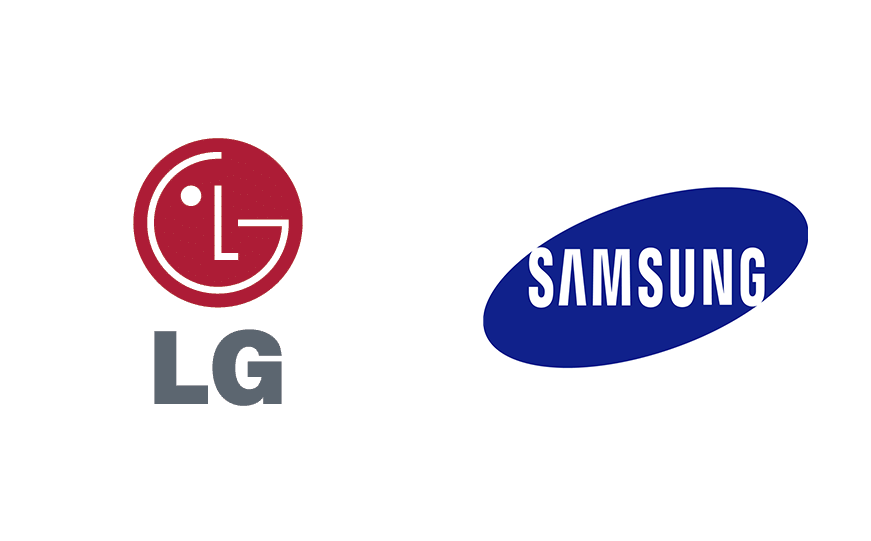The next battleground for homeowners’ dollars is in the future. Home automation and Internet of Things (IoT) are making their way into our homes, and some big brands are battling for supremacy.
In a product category that’s based on futuristic technology, one has to wonder why two of the biggest players are using 1960s imagery. Samsung and LG released advertisements/internet videos that rely on themes from the golden age of space exploration and Saturday-morning cartoons.
In our view, one missed an opportunity to connect with audiences and really stand apart, and the other hit a home run.
LG Tries to Look Futuristic
In its video, LG relied on an old standby when trying to communicate futuristic technology: The Jetsons.
In the video, LG offers a glimpse of what the future might look like using its Smart ThinQ home automation technology. Using a “future eye,” Jane Jetson is shown what her life will look like with new LG Smart ThinQ appliances.
As a side note, LG is pronouncing “ThinQ” thin-que, which makes it sound more like a line of low-calorie barbecue chips than smart appliances.
Nevertheless, the video shows a fantastical view of how easy common chores like laundry and food preparation will be. It’s completely unrealistic (an entire, five-layer cake baked in seconds after pressing two buttons) and feels like a lame attempt at inspiring awe and wonder.
The viewer is left wondering what this has to do with them, and how their lives will be affected in the foreseeable future.
To be fair, LG appears to be positioning themselves as a company of the future, pursuing technologies that are too wonderful to even dream of. Hence the Jetsons as their spokesfamily.
And that brings us to the worst part. The Jetsons? Really? The show hasn’t been on TV for more than a generation. It’s doubtful that many of LG’s target audience even knows who the Jetsons are.
In their attempt to align themselves with the future, LG chose a property that dates back more than a half-century. We suspect their effort will fall flat.
Samsung Understands What Technology Does
Samsung ‘s campaign for its Family Hub takes an entirely different approach than LG. Rather than using a two-dimensional cartoon family, they use real people (well, probably actors) and real situations.
It’s much more effective.
In the “Ticket to the Moon” ad, a child, pretending to be an astronaut, goes to the Samsung smart refrigerator, looking for rocketsicles. Finding none, he checks a box on the refrigerator’s touch screen to indicate he desires the frosty treats.
In the other room, the boy’s father receives a notification on his phone that the grocery list has been updated to include rocketsicles. He immediately takes the child to the store to acquire the frozen rocket-shaped treats.
Aside from the notion that a parent would take a child shopping for sweet treats the moment he or she wants them, this ad hits the right notes.
Why? Samsung seems to realize that home automation is not about the distant future and how easy things will be. It’s about the customer and what they want, right now.
It’s about a personalized experience.
Samsung shows how their products, that are currently available, enhances people’s lives. Other ads in the Family Hub series demonstrate this idea in other ways. Some of their ads feature married actors Dax Shepard and Kristen Bell who, despite being Hollywood celebrities, are in fact real people.
Home automation is changing how we experience life at home. The more brands realize, like Samsung has, that the benefit is not in whiz-bang technology, but in giving people more time and convenience, the more relevant they will be to consumers.




